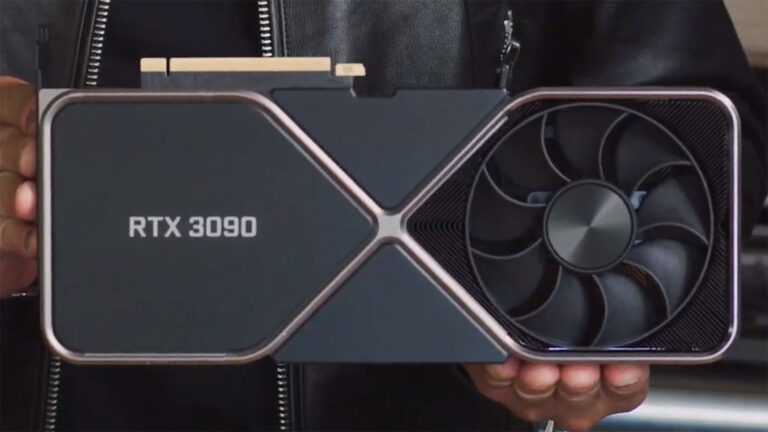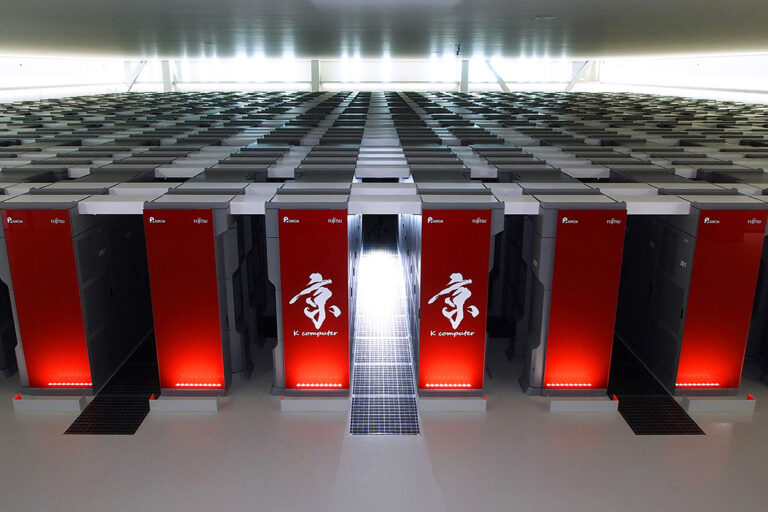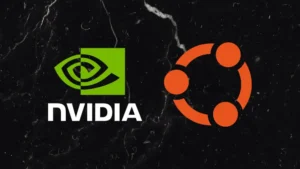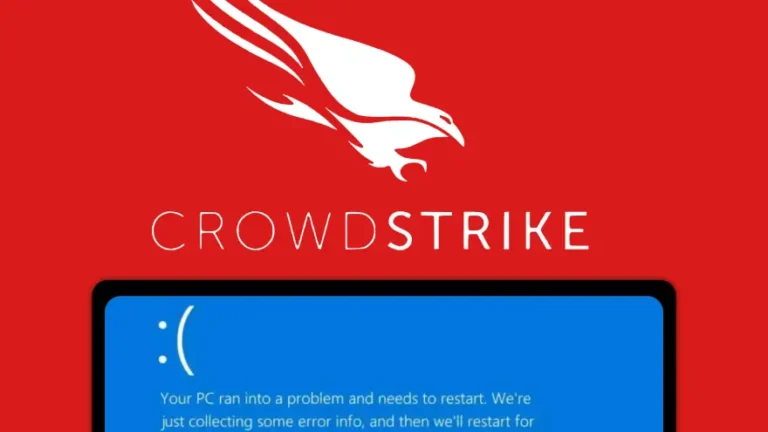Well, it appears the rumors were true. NVIDIA has purchased Arm Holdings Inc., the company behind the now-popular ARM Reduced Instruction Set (RISC) CPU architecture, in an unprecedented 40 billion dollar acquisition deal officially announced on Monday, September 14, 2020. Though not a massive surprise since rumors had been circulating about the possibility of an acquisition as early as March of this year, this move will certainly shake up the tech world in a multitude of different ways–some can be ascertained, others are yet to be seen.
Of course, NVIDIA describes the main motivation for the purchase as a move towards even greater artificial intelligence computing dominance, but we will likely see many other effects resulting from the deal. Jensen Huang, Founder and CEO of NVIDIA, had these official words to say of the acquisition:
“AI is the most powerful technology force of our time and has launched a new era of computing. In the years ahead, trillions of computers running AI will create a new internet-of-things that is thousands of times larger than today’s internet-of-people. Our combination will create a company fabulously positioned for the age of AI.
Simon Segars and his team at Arm have built an extraordinary company that is contributing to nearly every technology market in the world. Uniting NVIDIA’s AI computing capabilities with the vast ecosystem of Arm’s CPUs, we can advance computing from the cloud, smartphones, PCs, self-driving cars and robotics, to edge IoT, and expand AI computing to every corner of the globe.
This combination has tremendous benefits for both companies, our customers, and the industry. For Arm’s ecosystem, the combination will turbocharge Arm’s R&D capacity and expand its IP portfolio with NVIDIA’s world-leading GPU and AI technology.“
Though there is no doubt that NVIDIA is one of the leading companies when it comes to the field of AI and the purchase of Arm will certainly boost that, it is the other consequences of this deal that many in the Linux community are weary of.

The issue comes with the lack of commitment from NVIDIA when it comes to the open-source community. Unlike their major competition, Intel and AMD, NVIDIA does not provide the source code for their device drivers to be utilized in projects like the Linux kernel. Instead, NVIDIA ships what are known as “binary blobs”, or the executable binaries of their programs, which are closed source and proprietary. Because of this decision, Linux kernel developers have to spend an inordinate amount of time attempting to get them to work properly. Just plug in “Linus Torvalds NVIDIA” into your favorite search engine and you can very easily find out how Linus feels about the treatment from NVIDIA.
With the ARM architecture on the rise, causing companies like Apple to begin shifting their product line to ARM as well as its prolific use in IoT devices, the ability for the Linux kernel to continue supporting different ARM architectures is becoming increasingly important. In fact, even the supercomputing industry (one that almost exclusively uses Linux) is jumping to implement ARM, with Fujitsu having built the fastest computer in the world (almost double the previous record holder) earlier this year using the reduced instruction set architecture on its compute blades.

Though many people are worried that NVIDIA could do some seriously sinister stuff with ARM, like raise prices on commercial licenses, I am not sure that something like that would exactly benefit their new purchase. In fact, I think that NVIDIA’s best move is to throw money for research, development, and increased engineering power at ARM, but leave the company’s model alone for the most part (besides the obvious compatibility stuff the company will undoubtedly explore and implement).
There is always the chance that NVIDIA will mess this up, but I am not one who thinks that the sky is falling. I’m curious to what others think about this acquisition and what it could mean for Linux and open-source in the future. Go ahead and let me know your position on this controversial topic in the comments below!
So, I ask one more time…is it finally time to start pushing RISC-V? Please?
If you would like to check out the official announcement from NVIDIA, you can find it linked here.








I guess Apple screwed up by switching all their CPUs to ARM. Now they have only one source for video, and CPUs, unless they switch to AMD GPUs
Apple has a perpetual license to ARM tech thanks to the Apple Newton. They also design their own silicon in house so they don’t really need ARM in that manner. This doesn’t hurt them at all.
One of the first things Steve Jobs did when he became Apple CEO again was to pull the licenses of all the clone makers for the MacOS.
I am not saying nVidia would do this, but depending what nVidia does with ARM, it may cease to become a company, possibly rendering that license invalid because one of the parties may no longer exist.
You’re comparing apples to oranges. Apple’s licenses for clone manufacturers are not the same as the architectural licenses that ARM sold. Apple clone manufacturers were licensing software in the form of ROMs, not the source code to create a spinoff of Mac OS. The clones still functioned as computers.
IANAL, but I’m pretty sure NVIDIA assumes those existing agreements. Also, Apple isn’t dependent on ARM for any of its silicon.
That’s a bit incorrect. They were licensing the Mac OS 7 operating system. ROMs were optional to be fully 100% compatible with the Mac OS. The ROM issue was resolved many years before when the IBM PC compatible ROMs were made, giving us what we are using now.
So this is the same. ARM itself does not even build anything either, they always have a third party make it. It such licensing was to be pulled from Apple from this purchase of ARM, Apple would further be unable to make any ARM processors.
Join the discussion at forum.tuxdigital.com
4 more replies